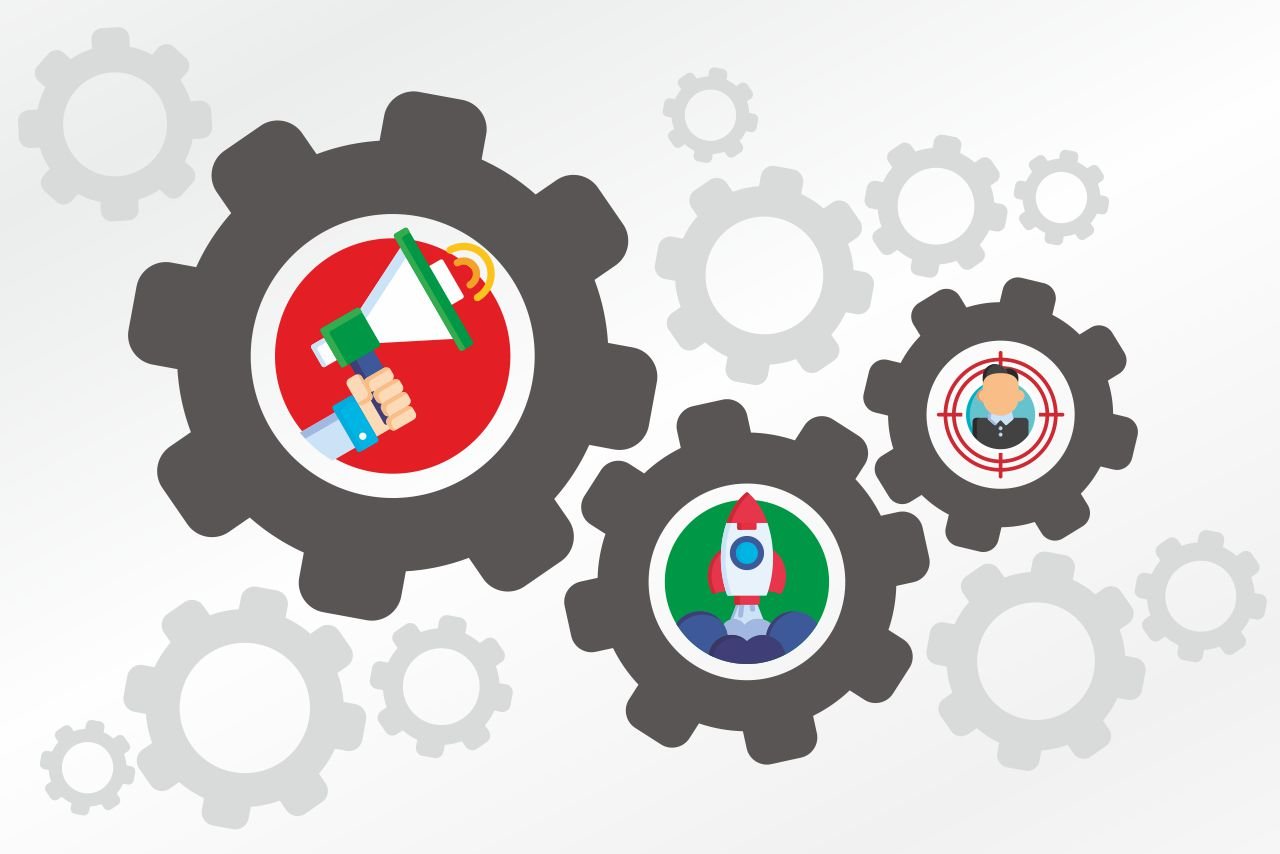
A disaster can happen at any time, in any place, without any warning. Whether it be a hurricane, flood, earthquake, fire, terrorist attack, civil unrest, cyber-attacks, or mass casualty accident, people and businesses can get caught up in the unforeseen.
Businesses need to be prepared for the unexpected and have systems in place - including the ability to communicate effectively - so that they can navigate their way through the situation with as little disruption and impact to their business as possible while keeping employees safe.
Be prepared for any emergency with 10 prewritten message templates for fires, lockdowns, on-site shootings, chemical spills, and more → Get Your Free Templates.
Why your business needs to communicate well in a disaster
When a disaster unfolds, there are many consequences for a business:
- Loss of employee life and/or injuries
- Loss of facilities and equipment
- Loss of revenue
- Ongoing uncertainty and disruption
- Legal issues
- Reputational damage
- Deteriorated relationships
- Lower morale
- Complete collapse of the business.
While you can’t predict when a disaster will take place, you can be somewhat prepared in advance to expect the unexpected and put systems and procedures in place to use when you require them.
Statistics from the US Department of Commerce show that 40% of companies don’t initially survive a crisis. In addition to this, more than 60% will close in the first two years after a crisis.
Being prepared can help to turn this around. Not only that, but handling a disaster can even help to make your organization more successful in the long term.

10 Ready-to-Send Emergency Messages You Can Use Instantly
From fires and active shooters to natural disasters and terrorist attacks, these templates help you communicate fast, clearly, and without second-guessing. Download your copy.

Communication helps businesses survive a disaster
A 2019 PriceWaterhouseCoopers (PWC) global crisis survey found that good communication was one of the main factors that saw organizations emerge stronger after a crisis had hit them.
Three-quarters of respondents to the PWC survey who found their businesses were stronger after a crisis said that adopting these communication principles helped to get them through:
- Adopting a fact-based approach to communication during the crisis
- Establishing the facts and communicating quickly
- Using the facts to inform a response strategy
- Ensuring that every important internal and external stakeholder is included in the communications response.
Understanding how to communicate also requires the right tools to send the information to ensure it can be received and acted upon.
How to use alternative communications during a disaster
Technology has evolved so that companies no longer need to be limited by traditional communication methods such as warning signals and fixed-line telephone communications to send important information. These advances in communication mean that companies are better placed to save lives and protect social and economic interests.
However, you shouldn’t rest on your laurels and rely on one communication method during a disaster: a multi-channel approach will help spread your message far and wide. This can involve a mixture of old and new technologies. It also means that if one system fails you - for example, if there is no electricity or internet access - you have others to fall back on.
Do you have an alternative communication system to use during a disaster? These are some of the best ones to incorporate in your disaster planning.
1. SMS messages
Emergency notifications are sent by a variety of government and non-government organizations via SMS to alert members of the public and customers to any potential disasters such as fires, gas leaked or electricity outages. Businesses can also adopt this model to communicate with employees, using software that sends emergency SMS alerts to employees’ mobile phones to alert them to important information.
2. Mobile apps
Emergency communications apps are installed on phones and send push notifications to the recipient to let them know about a crisis situation in real-time and what steps they need to take to be safe. Many of them allow sending the alerts with only 1 tap and within a few seconds.
>> Read the article and download a spreadsheet for easy emergency notification system comparison<<
3. Electronic and digital signage
Electronic and digital signs can be used to send warnings, updates, and other information to anyone viewing them. Whether you send a text to purpose-built signage units or using screens such as televisions and computer monitors to display digital content, signage is a way that will get peoples’ attention when they need to do something.
4. Internal communication systems
Internal communication systems are used to share important information in companies. In a disaster situation, they can also be recruited as an emergency notification system.
DeskAlerts is one such option that will allow you to send information in conjunction with other systems you may have in your organization, such as disaster alarms, tornado warning sirens, or hospital alert color code systems. It lets you send your emergency alerts across multiple channels, including pop-up alerts to computers, push notifications to mobile phones, SMS alerts, digital signage, scrolling tickers and more.
Alerts can contain images or videos such as instructions on how to evacuate or shelter in place safely.
5. Social media
Social media has come to the fore in recent years as a way to quickly communicate in a disaster to both internal and external audiences. So long as there is internet access available, people can find important information via social media on their cellphones, computers, and other devices.
Updates can be provided in real-time, letting people access the latest information so they can take appropriate steps based on that advice.
6. Radio waves
During the worst types of disasters, radio communication such as CB radio or ham radio can be one of the only reliable ways of being able to reach people and potentially save lives. Messages can be transmitted to anyone who has a radio receiver so that they can act on the information. It’s particularly useful during weather events, such as hurricanes or tornadoes.
For transmitting you should ensure you also have access to an alternative power source such as solar or a generator and employees should have battery-operated receiving devices. This will give you peace of mind if the electricity system goes down as a result of the disaster.
***
Having a range of strategies in place should the unforeseen happen can help you to ensure that your employees are safe during the initial crisis, and to keep them informed as the situation evolves during the recovery process.
 Caroline Duncan
Caroline Duncan









